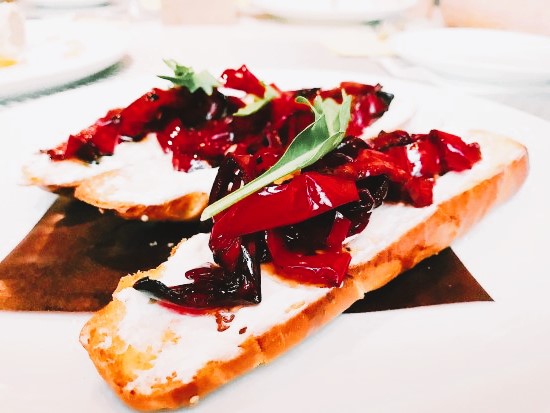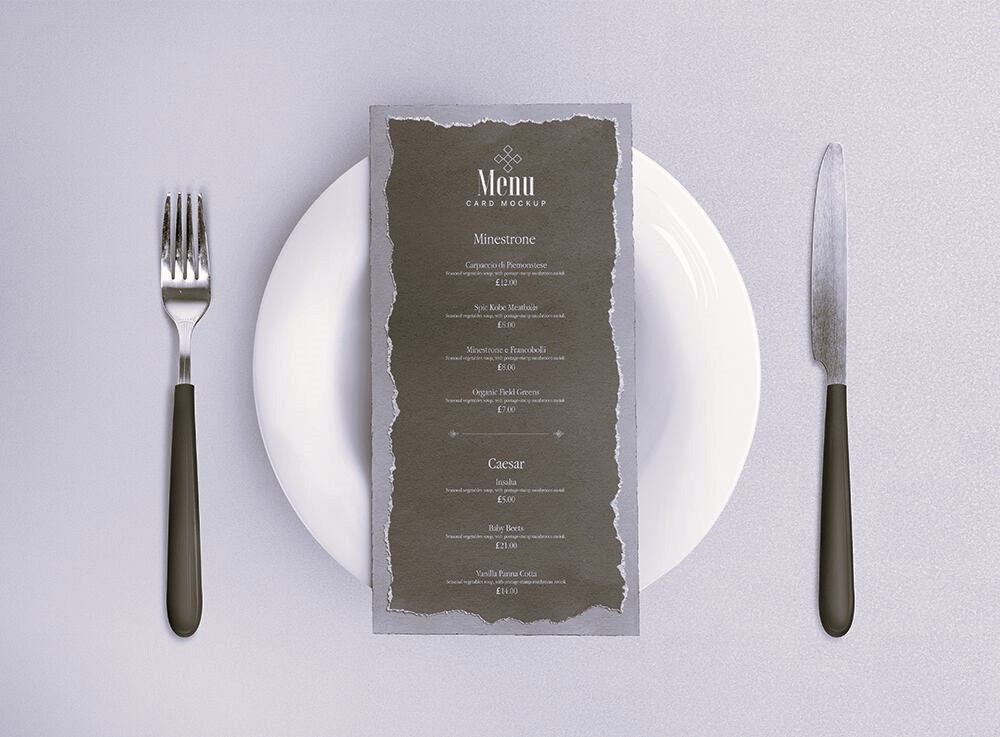In the culinary world, a well-crafted restaurant menu is much more than just a list of dishes; it is a carefully curated experience that tantalizes diners’ taste buds and leaves a lasting impression. Designing a successful menu requires a delicate balance of creativity, market research, and an understanding of flavor pairings. In this article, we will explore the secrets behind creating a successful restaurant menu, including the art of dish selection and the science of flavor combinations.
Understanding Your Target Audience
The first step in creating a successful menu is understanding your target audience. Research the demographics and preferences of your potential diners. Are they looking for a fine-dining experience, a casual family-friendly atmosphere, or a trendy fusion of cuisines? Tailor your menu to match the expectations and preferences of your target customers.
Emphasize Seasonality and Locally Sourced Ingredients
A successful menu should reflect the changing seasons and highlight locally sourced ingredients. Seasonal dishes not only ensure the freshness of the ingredients but also create a connection with the locality. Collaborate with local farmers and suppliers to showcase the best produce the region has to offer.

Crafting a Balanced Menu
A balanced menu offers a variety of dishes to cater to different tastes and dietary preferences. Divide your menu into sections such as appetizers, mains, and desserts. Ensure there are options for vegetarians, vegans, and individuals with dietary restrictions. A well-rounded menu will attract a broader range of diners.
Highlighting Signature Dishes
Every restaurant should have its signature dishes that set it apart from others. These are the dishes that customers come back for again and again. Highlight your most exceptional creations and make them stand out on the menu. Signature dishes become the restaurant’s identity and help build a loyal customer base. What does every home cook need? In this article, we have painted all the accessories.
Keeping it Manageable
While offering a diverse menu is essential, it is equally important to keep it manageable. A menu with too many options can overwhelm diners and may result in slower service. Focus on quality over quantity and ensure that your kitchen can execute each dish to perfection.
The Art of Flavor Pairings
The success of a restaurant menu lies in its ability to create harmonious flavor combinations that excite the palate. Understanding the science of flavor pairings is crucial for a chef or menu planner. Certain flavors naturally complement each other, while others create a delightful contrast.
Balancing Flavors
Balance is key when combining flavors. The five basic tastes—sweet, salty, sour, bitter, and umami—should be harmoniously balanced in each dish. Avoid overwhelming one taste over others, as it may lead to an unappealing and unbalanced dish.
Contrasting Flavors
Contrasting flavors can create memorable dining experiences. For instance, pairing a sweet and tangy sauce with a savory meat dish can create an explosion of flavors in the mouth. Look for ways to incorporate contrasting tastes to add excitement to the menu.
Consider Textures
Flavor isn’t the only element that matters in creating a successful dish. Textures also play a significant role in the overall dining experience. Combining crunchy, creamy, chewy, and crispy textures in a single dish can elevate the sensory pleasure of the diner.
Complementing Ingredients

When designing a dish, consider how each ingredient complements the others. Use ingredients that enhance and elevate the flavors of one another. The goal is to create a dish where each element works together harmoniously, resulting in a delightful and cohesive taste experience.
Feedback and Adaptation
A successful restaurant menu is not static; it evolves based on feedback from diners and changing culinary trends. Encourage customers to provide feedback on the dishes they try. Pay attention to popular choices and make necessary adjustments based on customer preferences.
Conclusion
Creating a successful restaurant menu is a blend of creativity, understanding your audience, and the art of flavor pairings. By emphasizing seasonality, locally sourced ingredients, and signature dishes, you can craft a menu that sets your restaurant apart. Understanding the delicate balance of flavors and textures allows you to design dishes that leave a lasting impression on diners. Through feedback and adaptation, your menu can continue to evolve, ensuring a memorable dining experience for every customer.
Sources:




